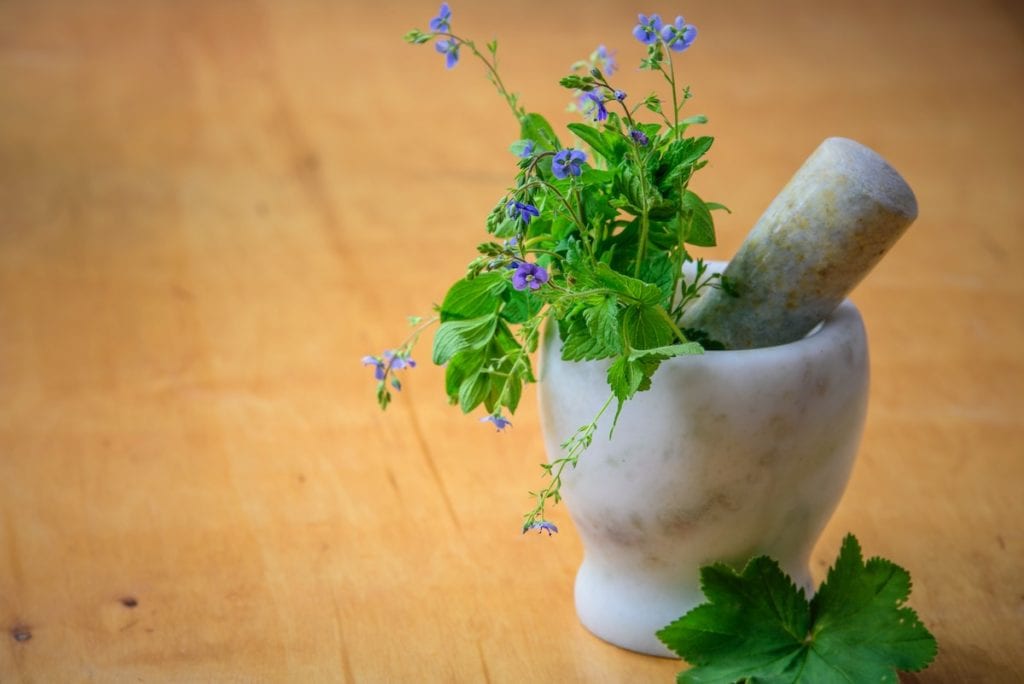Keerthi Gondy
Ann Arbor, Michigan, United States
 |
| Photo by PhotoMIX Ltd. from Pexels |
In my family, food is the language of love. A warm meal is the way we say “I love you.” Whenever I get sick, my mother prepares a pot of spicy turmeric soup and honey lemon tea.
When my brother threw a game-winning strike for his baseball team, we made mushroom curry and garlic naan. Food is also used to honor our loved ones. On the tenth anniversary of my grandfather’s passing, my family and I celebrated by making his favorite dish: spicy aloo (potato) stir fry. The familiar aroma of cumin and coriander brought us together for a night of reminiscing.
While I had always associated food with happiness, in college I learned that food could also make you sick. My father, once a healthy eater, began indulging in daily bagels and late night sweets, eventually causing him to feel fatigued and to urinate frequently. The end result was a diagnosis of Type II diabetes. It was not until my mother and I started adding brown rice and green, leafy vegetables to his diet that he was able to improve his glucose levels. Within a couple of years, I witnessed my father go from being sluggish and tired, to being energetic and active. I had always known that healthy eating was important, but I had never thought it was that important. After his health improved by changing his diet, I realized that food was not just nutrition; it could also be medicine.
I always believed medicine referred to pills or drugs created in a pharmaceutical lab. However, I first began to understand food’s medicinal role in medical school. A seminar on health and society taught me that early Type II diabetes can be reversed through changes in diet. My biochemistry lectures showed me that foods with a low glycemic index, such as beans or oatmeal, decrease the amount of glucose released to the blood. In my physiology lessons, I learned that lowering levels of circulating glucose in diabetics can improve kidney function. In addition to everything I was learning in my classes, I found myself wanting to learn more. I would spend time between lectures, during late-night study sessions, and on long flights reading about the many ways food could prevent illness. I was surprised to learn that certain plants contained powerful phytochemicals that could decrease inflammation, reduce cell damage, and increase immune function. It was intriguing to get a glimpse of food’s role as a “prescription” in preventive medicine. While this new passion for preventive health was sparked by my father’s diabetes, it bled into my medical school and volunteer experiences.
“Food as medicine” is the mantra of the Joy Southfield Community Development Corporation, a free clinic for low-income people with chronic diseases in Detroit, Michigan. Joy Southfield is located in a food desert—a characteristic of some urban neighborhoods where there is a lack of access to affordable healthy foods. My Saturday mornings at the center are usually spent organizing the Healthy Eating and Living Workshops or volunteering with the “fresh prescriptions” program. Every week, doctors give patients “fresh prescriptions,” a combination of fruits and vegetables in conjunction with medicine that serve as a replacement for fast food meals. I enjoy talking with families as I “fill” their prescriptions at the farmer’s market. We talk about everything from the unpredictable Michigan winters to Ford cars and sunflowers. In the stories of each family, I hear the struggle and pain of having to raise children in a neighborhood that lacks affordable healthcare centers and grocery stores.
I have realized that changing your diet is not easy after eating fast food for many years. These changes, like the ones my dad made, can be overwhelming and require patience. Even though I was passionate about sharing the benefits of healthy eating, I realized that my enthusiasm may have been overwhelming. Learning too much information too quickly can be difficult for individuals who are just beginning to make a change. I began to understand that it was better for people to make changes regarding their health slowly. By making small steps, such as replacing soda for water, families could see real, tangible impacts without being overwhelmed. In the beginning, I was focused on sharing the benefits of healthy eating with others through fun and engaging conversation. Over time, I learned that the most important thing was that families were more likely to follow through on their goals after leaving Joy Southfield.
Even though I have learned that food can be medicine, it will also remain a way of expressing love between family and friends. When given as a “fresh prescription” between volunteer and visitor, food in combination with medicine is a way to express care for one’s health and vitality. This journey in learning about food and science has sparked my interest in preventing disease before it can start. I am not a doctor yet, but I know that I have just barely skimmed the surface of preventive health care. I look forward to helping current patients to heal and preventing more people from living with chronic disease.
KEERTHI GONDY is a third-year medical student at the University of Michigan. When not in the hospital, she enjoys creative writing, photography, cooking, running, and swimming. She plans on a career in internal medicine or emergency medicine.

Leave a Reply